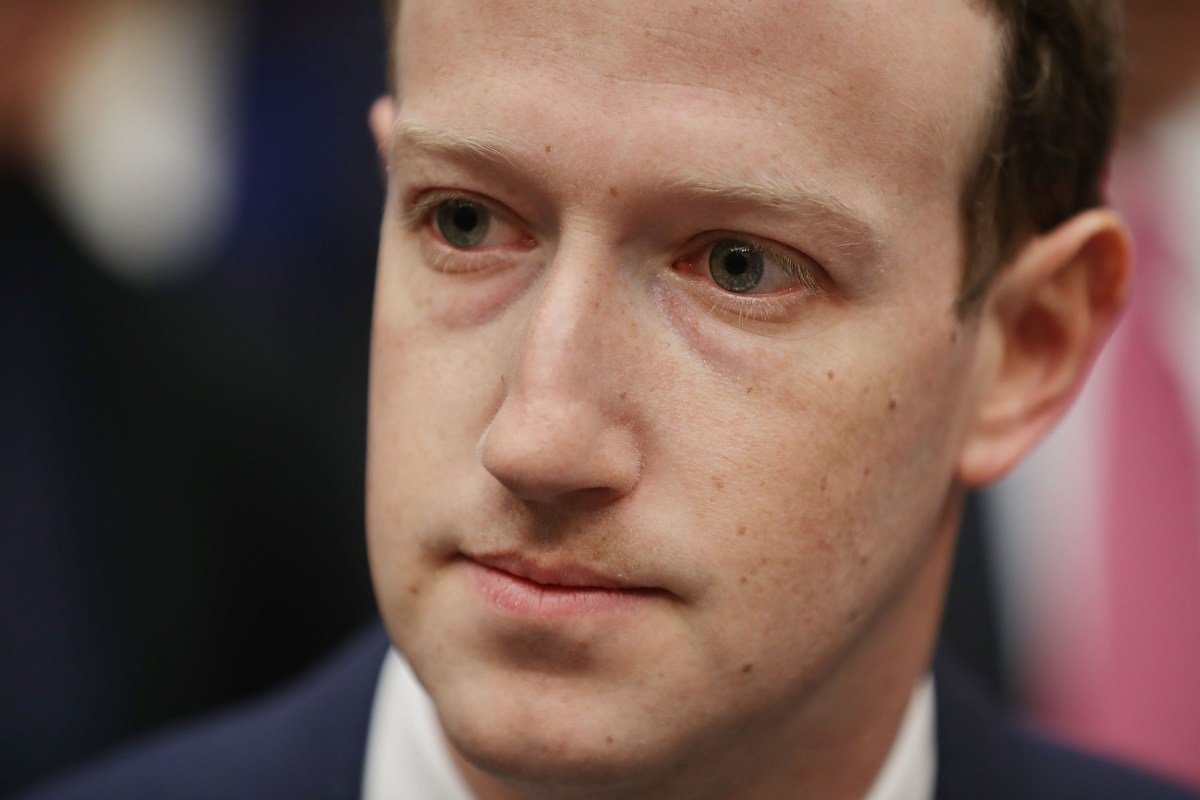The social networking giant Meta, formerly known as Facebook, has recently announced changes to its rules surrounding AI-generated content and manipulated media. This comes after receiving criticism from its Oversight Board, which is funded by the company but operates independently.
Starting next month, Meta will take a new approach to labeling potentially misleading content. The company will apply a “Made with AI” badge to deepfakes, a form of manipulated media created using artificial intelligence. Additionally, more contextual information will be provided when content has been altered in a way that poses a higher risk of deceiving the public, particularly on important issues.
This is a significant move for the social networking giant, as it could result in more content being labeled during a year when many elections are taking place around the world. However, the labeling of deepfakes will only occur if they meet certain criteria, such as containing industry-standard AI image indicators or if the uploader discloses that the content is AI-generated.
Content that falls outside of these parameters may potentially escape being labeled. This shift in policy also means that more AI-generated content and manipulated media may remain on Meta’s platforms, as the company is now prioritizing a transparency and context-based approach over content removal due to associated risks to free speech.
Meta has also announced that it will stop removing content solely based on its current manipulated video policy in July. In a blog post published on Friday, the company explained that this timeline allows users time to understand the self-disclosure process before they stop removing a smaller subset of manipulated media.
This change in approach may be due to increasing legal demands on Meta concerning content moderation and systemic risk, including the European Union’s Digital Services Act. Since last August, this law has required Meta to carefully balance the removal of illegal content, mitigating systemic risks, and protecting freedom of speech. The EU has also placed extra pressure on platforms ahead of the European Parliament elections taking place this June, urging large tech companies to watermark deepfakes if possible.
Meta’s Oversight Board, which reviews only a small percentage of the company’s content moderation decisions, has the power to make policy recommendations. Although Meta is not bound to accept such suggestions, the company has agreed to amend its approach in light of the Board’s recent criticism.
In a blog post published on Friday, Monika Bickert, Meta’s VP of content policy, acknowledged that the company is making changes to its policies on AI-generated content and manipulated media based on the Board’s feedback. Bickert wrote, “We agree with the Oversight Board’s argument that our existing approach is too narrow since it only covers videos that are created or altered by AI to make a person appear to say something they didn’t say.”
The Oversight Board had previously urged Meta to reconsider its approach to AI-generated content after reviewing a doctored video of President Biden that implied he had a sexual motive for kissing his granddaughter. Although the Board agreed that the specific content should remain on the platform, it harshly criticized Meta’s policy on manipulated media as “incoherent”. The policy only applied to videos created using AI, leaving other forms of fake content, such as doctored images or audio, untouched.
It seems that Meta has taken this critical feedback to heart. Bickert explained, “In the last four years, and particularly in the last year, people have developed other kinds of realistic AI-generated content like audio and photos, and this technology is quickly evolving. As the Board noted, it’s equally important to address manipulation that shows a person doing something they didn’t do.”
Under the new policy, Meta will apply “Made with AI” labels to AI-generated video, audio, and images based on industry-shared signals or self-disclosure from the uploader. The company already applies “Imagined with AI” labels to photorealistic images created using its own AI feature. Additionally, the policy will expand to cover a broader range of content than just manipulated videos, as recommended by the Oversight Board.
Meta will not remove manipulated content, AI-generated or otherwise, unless it violates other policies (such as voter interference, bullying and harassment, violence and incitement, or other Community Standards issues). However, in certain scenarios where there is a high level of public interest, the company may add informational labels and context rather than removing the content entirely.
In its blog post, Meta highlighted its network of nearly 100 independent fact-checkers who it works with to identify risks associated with manipulated content. These external entities will continue to review false and misleading AI-generated content. When they rate something as “False or Altered,” Meta will respond by adjusting its algorithms to reduce the content’s reach, as well as adding an overlay label to provide additional information to those who do see it.
It’s clear that these third-party fact-checkers will face an increasingly heavy workload as the use of AI continues to grow. With Meta’s new policy shift, it seems that synthetic content will be allowed to remain on the platform. This decision is likely due to the rising prevalence of doctored media and pressure from governments and regulators around the world.








